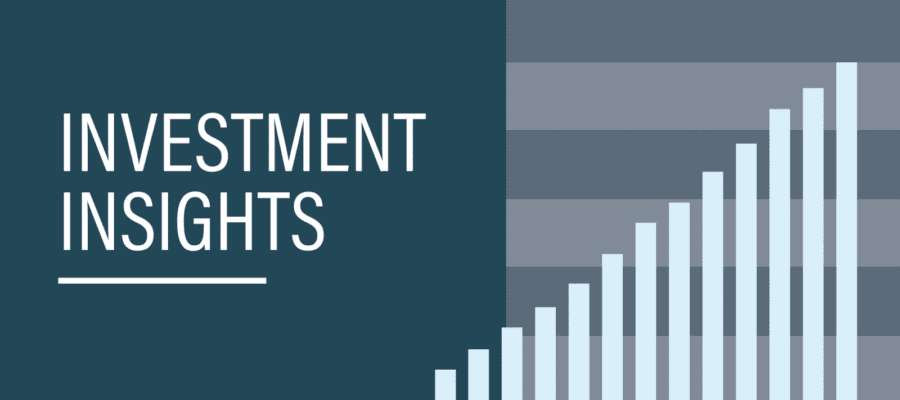Nothing is Riskless
Too little risk is another type of risk.
This will be a relatively shorter, more focused column. It’s been a busy month, but I wanted to keep up the habit nonetheless. If you think I write too much, you’re welcome. If you enjoy reading ~2,500 words on things like volatility or asset allocation, my apologies. I don’t plan on making this a habit – I want Investment Insights to remain a forum for deeper, more deliberate thought – though, in a world of shrinking attention spans, perhaps this style will be better received. We won’t know until we try. Here goes…
At the highest level of abstraction, investing is simply about return and risk. Any topic that I have covered or will cover can ultimately be distilled to either or both. This will be a risk column. More specifically, about “playing it safe,” which can actually be quite risky. Let’s explore why.
Any act of investing requires an objective. For most of us, investing is a means to ensure a comfortable retirement. Sometimes it is about buying a home or providing for your children’s education. Institutions are no different. Pension funds have obligations to plan participants. Charities and non-profits must support their mission. Whatever it may be, the objective determines the destination.
How you get there is by taking risk in expectation of a commensurate return. There is no return without risk and the two are positively correlated. A higher return requires assuming more risk. Avoiding risk means accepting a lower return. Return is what you need to reach your objective. Risk is the “price” you pay to get it.
When people fail to meet their investment objective, the stereotypical explanation is usually significant losses from taking too much risk (or, by association, pursuing too much return). This certainly happens. However, not taking enough risk (implicitly pursing too little return) is more damaging and perhaps even more prevalent, but gets far less attention. Either way, you don’t get what you need. The key difference is that sometimes taking too much risk still works out (doing so is still not recommended), while taking too little risk guarantees that you will fail. The latter appears benign, but is in fact far more pernicious.
Like many things in life, the best possible outcome here requires finding balance. In this case, between three competing factors. One, the amount of risk you need to take to meet your objective. Two, the amount of risk you are willing to take. And three, the amount of risk you are able to take. Complicating things further, each amount can only be estimated, nor are they static. Perhaps a future, lengthier column will explore how and why.
The right balance depends on your unique personal situation. Different solutions are required depending on which factor is most constraining. The risk from “playing it safe,” for example, arises when your willingness to take risk is less than both your ability and what is required to meet your objective. From an investing perspective, this is one of the least bad problems to have but still a very real problem. To achieve harmony, either your objective must become more modest (which may not be desirable), you must invest a greater amount (which may not be possible), or your understanding and conception of risk must evolve to increase your willingness. The last of these is easiest to change.
That’s just one of many, many permutations. In almost every case, something has to give. In this case it may be your desire to “play it safe,” your hesitance to take risk that you have ability for. Successfully protecting and building wealth rests on a deep understanding of each factor and knowing the tradeoffs between them. Achieving and maintaining the best possible equilibrium requires skill and experience. No small feat for sure, but worth the risk.
Thoughts? I would love to hear them. Email me at investmentinsights@zuckermaninvestmentgroup.com.
Written By Keith R. Schicker, CFA
